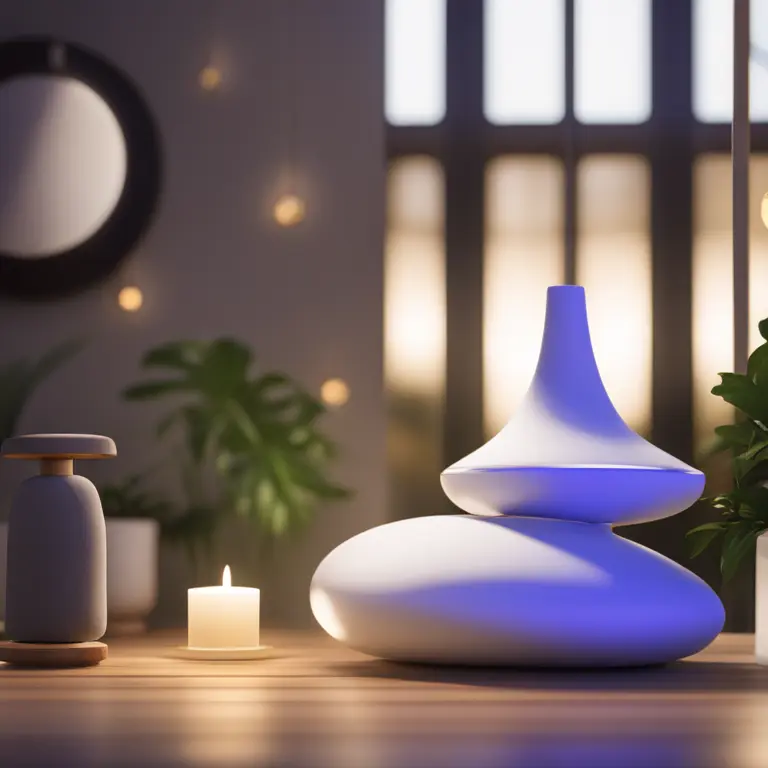
Meditation for Newcomers: Simple Techniques to Start
Embark on your meditation journey with practical techniques designed for beginners wanting to achieve tranquility and focus.
article by Hina Kurosawa
Introduction to Meditation
Meditation, once an ancient practice, has now become a cornerstone of wellness, embraced by millions around the globe for its profound benefits on mental health, focus, and inner peace. As a beginner, the vast world of meditation may seem intimidating, but the key lies in starting with simple, accessible techniques. This article will guide you through foundational meditation methods perfect for those just stepping onto the path of mindfulness and relaxation. Embrace these practices in 2024 and beyond, harnessing the power of meditation to transform your daily life.

Creating Your Meditation Space
Before diving into techniques, it's essential to establish a tranquil environment. Choose a quiet, comfortable spot where you can sit undisturbed. You might add elements that promote relaxation, like soft lighting, a cushion, or calming scents. Set aside a specific time of day for meditation, creating a routine that signals your mind it's time to unwind. With the rise of smart home devices, consider leveraging technology to craft an ambiance through controlled lighting and soundscapes specifically designed for meditation.

Focus on Breath
Breathing is the cornerstone of meditation, and for good reason. It's an automatic process we can also control, making it an ideal bridge between the conscious and unconscious mind. As a beginner, start by sitting comfortably and focusing your attention on your breath. Inhale deeply through your nose, feeling your chest and belly expand, and then exhale slowly through your mouth. Repeat this process, acknowledging wandering thoughts but always returning your focus to your breath.

Mindfulness Meditation
Mindfulness meditation encourages present-moment awareness without judgment. Settle into your breathing pattern and observe your thoughts, emotions, and sensations as they arise. Don't try to change or analyze them; instead, acknowledge their presence and let them pass. This practice cultivates a non-reactive mind, increasingly relevant in today's fast-paced world where digital distractions are omnipresent. Regular mindfulness can significantly reduce stress and enhance overall well-being.

Guided Meditation
If directing your own meditation seems daunting, guided meditations are available. They provide a structured experience in which a narrator leads you through a sequence of relaxation and visualization steps. These are especially useful in 2024, with a vast array of apps and online resources that offer meditations for varied goals, such as sleep improvement or anxiety management. Many people find guided sessions easier as they begin their meditation journey.
Body Scan Relaxation
Body scanning is a technique that promotes awareness of the physical self and helps release tension in the body. Lie down or sit comfortably and close your eyes. Starting at your toes and moving up to your head, methodically focus on each body part. Notice any sensations, tightness, or discomfort. As you bring your attention to each area, consciously relax it. By the end of the scan, you should feel more relaxed and grounded.
Meditation Through Movement
Meditation doesn't always mean stillness. Movement meditations, like walking or yoga, combine physical activity with mindful attention. For example, while walking slowly, focus on your body's sensations and your environment's sights, sounds, and smells. This practice helps anchor you in the present and is perfect for those who find peace in gentle activity. Movement meditation has gained popularity for its accessibility and the way it incorporates mindfulness into everyday activities.
Published: 1/18/2024
Modified: 1/18/2024
More predictions
Come back here soon to learn more about yourself and your future


Meditation's Effect on Blood Pressure
Discover how meditation can contribute to lower blood pressure, offering a serene path to cardiovascular health in this in-depth article.


Beginner's Guide to Effective Meditation Techniques
Discover the core techniques for successful meditation and enhance your spiritual journey with this beginner-friendly guide.